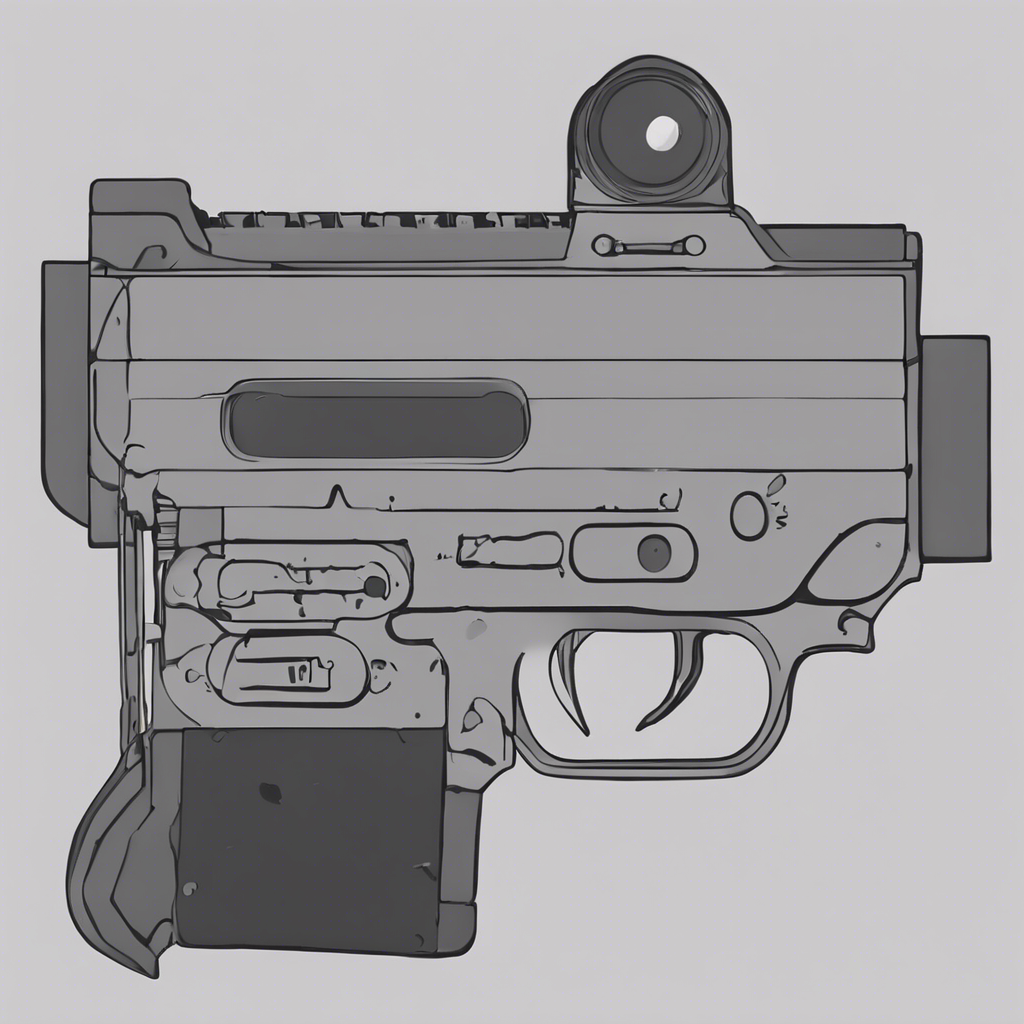How many fps is a beginner animation?
How Many FPS is Suitable for a Beginner Animation?
When you’re first starting out in the world of animation, there are many aspects to consider. One of the crucial decisions you'll need to make early on is determining the frames per second (FPS) for your animations. FPS refers to the number of individual frames or images displayed in one second of your animation. The choice of frame rate can greatly influence the smoothness and fluidity of the animation, as well as the workload required.
Understanding FPS
Before delving into how many FPS is ideal for a beginner, it's important to have a clear understanding of what FPS actually represents.
FPS stands for "frames per second," and it measures how many individual frames are shown in one second of video or animation. A higher FPS results in a smoother animation, as more frames are used to depict motion. Common standard frame rates include:
- 24fps: Traditionally used in films.
- 30fps: Commonly used in TV productions.
- 60fps: Offers very smooth motion, often used in gaming animations.
Why FPS Matters
The choice of FPS can influence both the visual quality of the animation and the amount of work required to produce it. A lower FPS might mean less smooth motion but requires fewer frames to be created, while a higher FPS increases both the fluidity and the number of frames needed.
When starting out, managing workload while learning is critical. Opting for an FPS that is too high can be overwhelming due to the sheer number of frames needed. Conversely, choosing an FPS that's too low might not properly convey motion and can produce a choppy result.
Recommended FPS for Beginners
12 FPS (Frames per Second)
For most beginners, starting at 12 FPS is advisable. This frame rate, often referred to as "on twos" in traditional animation, means that one drawing is shown for every two frames. This reduces the number of drawings needed and eases the learning curve for new animators.
- Pros:
- Manageable Workload: Fewer frames to draw.
- Easier to Learn: Simplifies the animation process, making it easier to grasp the basics.
- Acceptable Smoothness: Offers a decent level of fluidity, suitable for simpler projects.
- Cons:
- Limited Smoothness: Not as smooth as higher frame rates, which can be noticeable, especially in fast-paced actions.
Moving to Higher FPS
Once comfortable with animating at 12 FPS, beginners can consider moving to higher frame rates. Here’s a quick guide on progression:
- 15 FPS: A slight increase that can enhance the smoothness of animations without a massive jump in the number of frames required.
- 24 FPS: The film standard. Provides a professional level of smoothness and is a good target for those looking to produce higher-quality animations.
- 30 FPS and Beyond: Ideal for those focusing on animations for video games or aiming for ultra-smooth motion.
Practical Tips for Animation FPS
- Start Simple: Begin with lower frame rates and simple animations. Gradually move to more complex projects as your skill level improves.
- Test Different FPS Options: Experiment with different frame rates to see what suits your animation style and workflow the best.
- Use Software Features: Take advantage of onion skinning and tweening features in animation software. These tools can help manage the workload and smooth out animations, even at lower FPS rates.
Conclusion
Choosing the right FPS for beginner animations shouldn't be an overwhelming decision. Starting at a lower FPS, like 12 FPS, can offer a good balance between workload management and visual smoothness. As skills develop, gradually increasing the FPS can help improve the quality of animations and prepare you for professional-level requirements.
Remember, the best FPS for you might vary depending on the specific needs of your project and personal preferences. Keep practicing at different frame rates and learn what works best for your style and objectives in animation.
Discover more from EMD
Subscribe to get the latest posts to your email.
